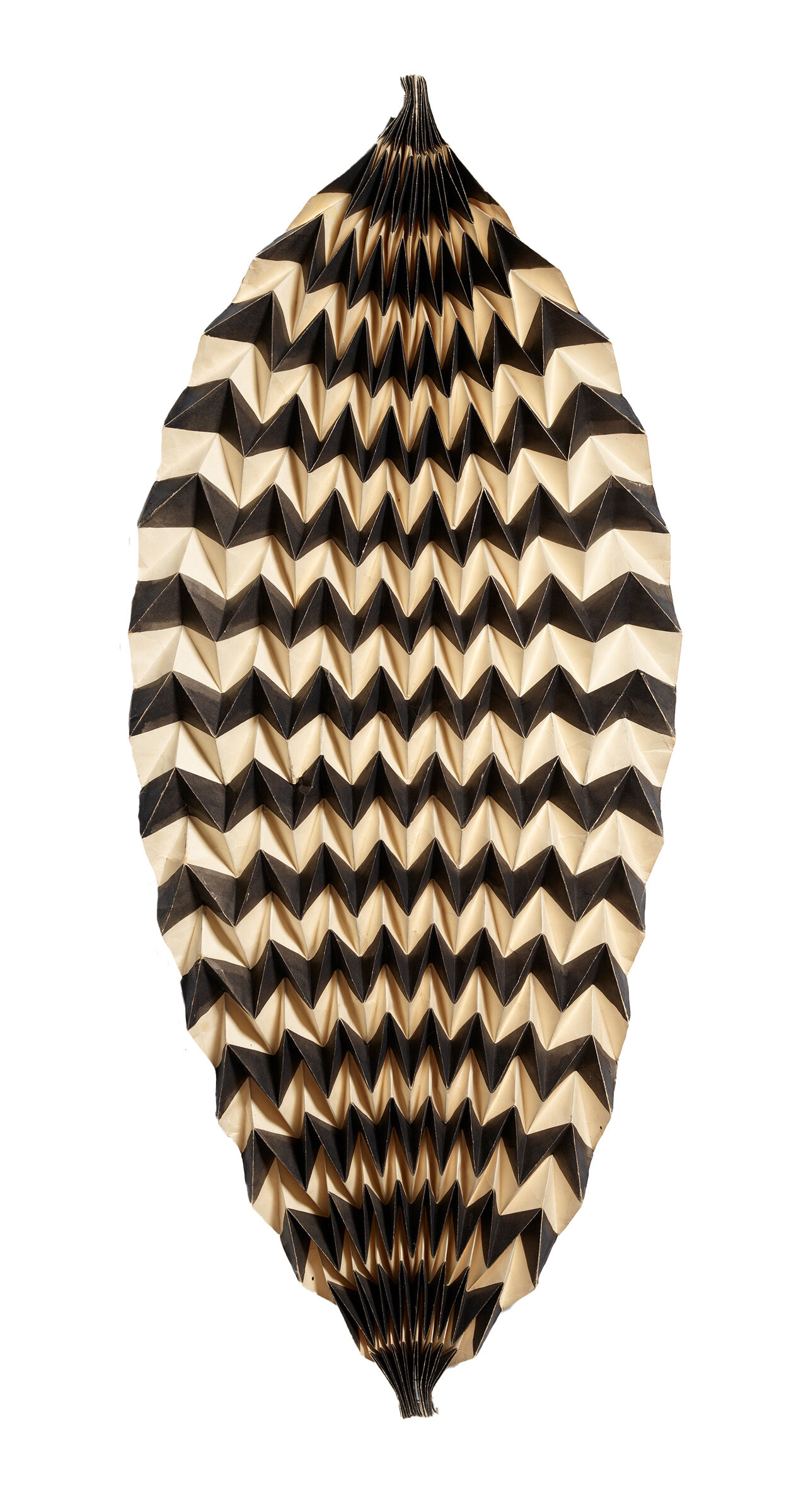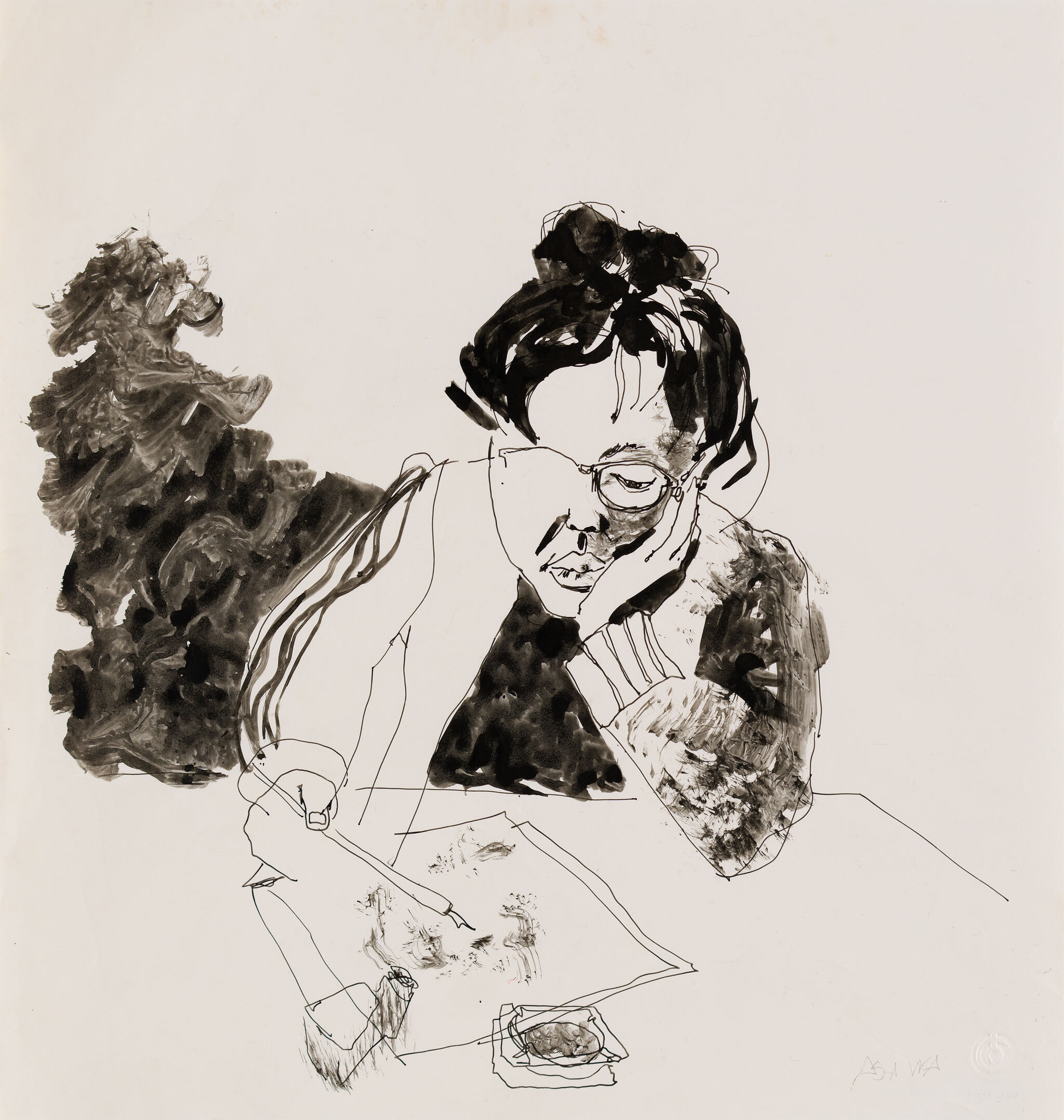Asawa’s Paper Web
Nov 7–14, 2023
This event has passed.
See more events like this.
Become a member today!
Join now to enjoy early access to exhibitions and events, unlimited free admission, guest privileges, and more.
Join nowThis program will be recorded and made available on the Whitney's YouTube channel.
Learn more about access services and programs.
Online, via Zoom
Tuesday, November 7 and 14
3:30pm
"The web of an insect . . . looked more modern than the modern things of that time. And we were forced to go back to natural things."
—Ruth Asawa, 2002
This two-part course held in conjunction with Ruth Asawa Through Line explores Ruth Asawa’s drawing practice through her nature-inspired abstractions and the experimental teaching methods of Black Mountain College. Inspired by teachers Josef Albers, Buckminster Fuller, and mathematician Max Dehn, Asawa’s drawings emerge from her attention to patterns in the natural world. These biomorphic forms—drawn in notebooks and sketchbooks, printed on broad buckling sheets, or made entirely out of folded paper—were not simple exercises to hone her artistic technique. For Asawa, these forms, often inspired by botanical specimens, conveyed peace, harmony, continuity, and universal connection, in contrast to the breakages and horrors of World War II.
In this course, we will look at how Asawa continued to explore and develop these artistic exercises throughout her life, contextualizing her paper art and famous hanging wire sculptures within the burgeoning biomorphic art movement in the 1940s and 1950s. Ultimately, we consider how Asawa’s unique approaches influenced a generation of contemporary artists who carry on this legacy today.
Each virtual session includes time for questions from attendees.
Jason Vartikar is a Joan Tisch Teaching fellow at the Whitney Museum and a Ph.D. candidate in the Department of Art & Art History at Stanford University. Vartikar is writing his dissertation on Edward Hopper’s rich portrayals of life in Greenwich Village. He has also written on Ruth Asawa; an essay on the artist, which appeared in American Art, the journal of the Smithsonian, won the Frost Prize Honorable Mention in 2021. He has curated exhibitions in collaboration with artists Marie Watt (Seneca) and Rina Banerjee.


